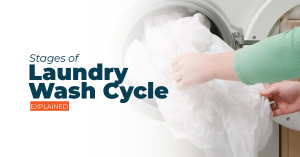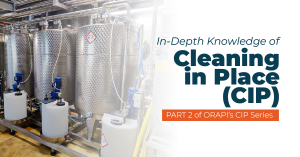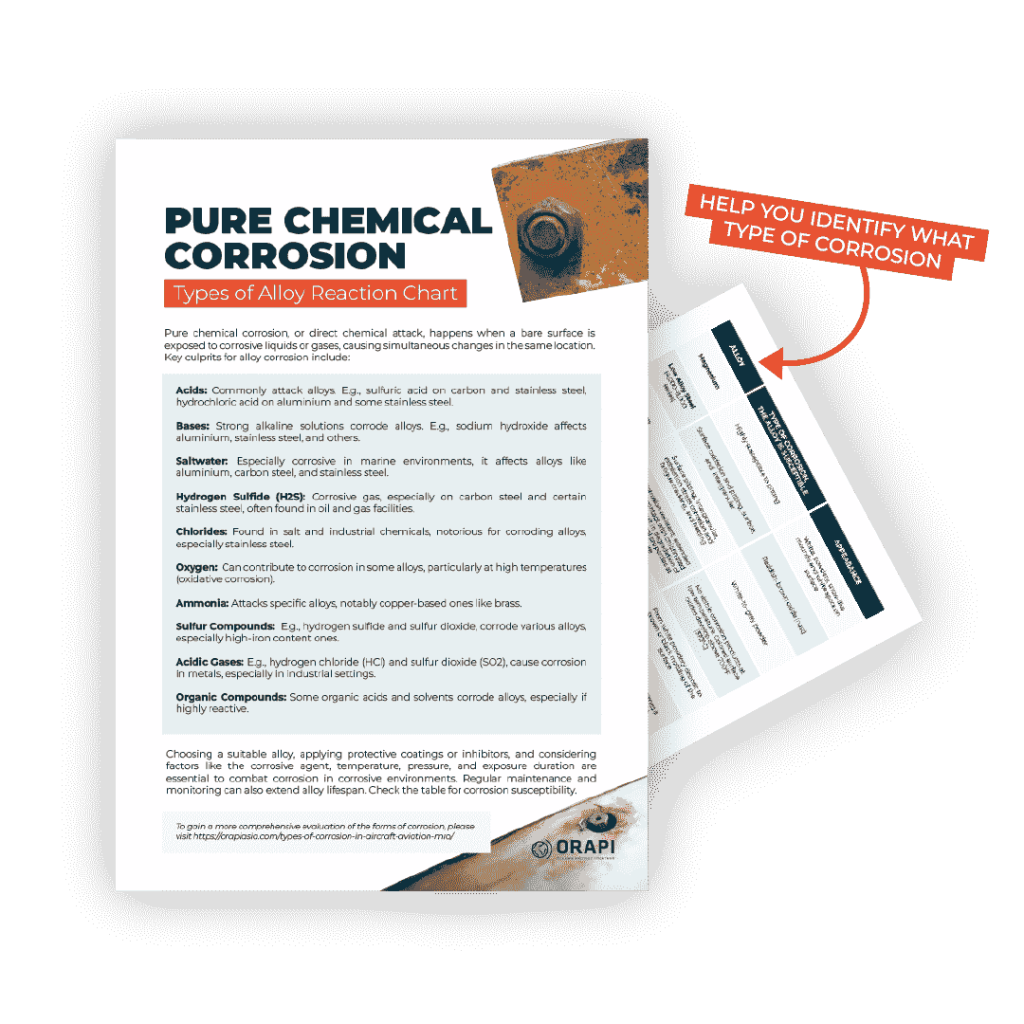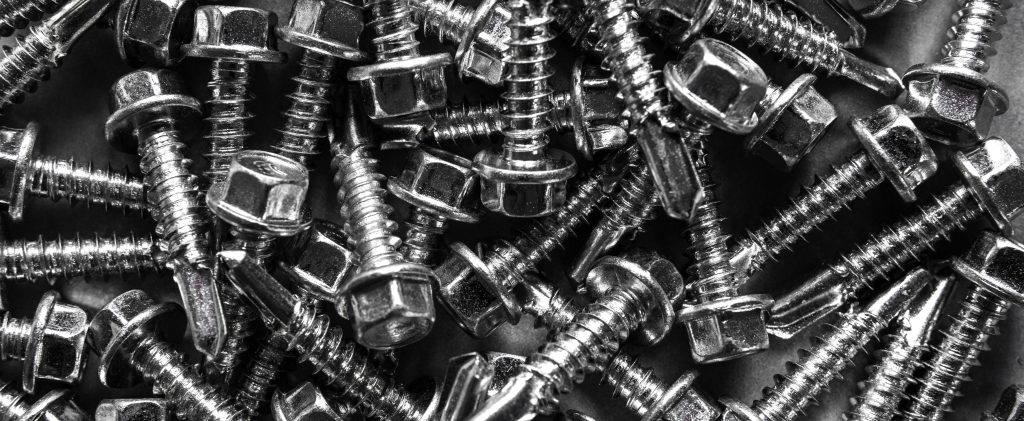
While electroplating is a well-known process with various advantages, many individuals are unfamiliar with the intricate details, particularly the initial stages. A fundamental step in electroplating is surface preparation, which is aimed at optimizing the surface for plating by eliminating defects and contaminants to ensure the highest-quality results. Electrocleaning, a common cleaning method, is pivotal in this preparatory phase.
What Is Electrocleaning
Also called electrolytic cleaning, “electro cleaning” is a widely used cleaning technique. It serves as a crucial preparatory step for metal parts preceding electroplating. This method introduces a controlled electric current into an electrolytic bath filled with a cleaning solution, leading to a robust cleaning process for all immersed components.
The resultant electrochemical scrub eliminates soil, grease, and corrosive elements from surfaces, regardless of how deeply embedded they may be.
In essence, electrolytic cleaning, alternatively referred to as “electro cleaning”, serves the purpose of eliminating metallic impurities, as well as certain non-metallic substances, from the surface of the workpiece.
What Is the Electrocleaning System
The Part
This component, which is to be cleaned, serves as either the anode or cathode within the electrocleaning system when connected to an electric lead. The material of the part determines its role, as well as influences the overall functionality of the system.
The Cleaning Solution
The solution in which the part is immersed varies based on factors such as the part’s material, desired process outcomes, or the specific electrocleaning procedure. An inappropriate solution for a given material may lead to issues like oxidation, embrittlement, or other surface imperfections. Moreover, an incorrect solution can render the material’s surface chemically inert, hindering proper electroplating in subsequent processes.
An electric current is applied to integrate these components into the system, initiating an electrochemical reaction. This reaction becomes visually apparent as bubbles form on the surface of the workpiece. These bubbles emerge directly beneath any contaminants or films, causing the contaminants to lift from the material’s surface.
Distinct Types of Electrocleaning Systems
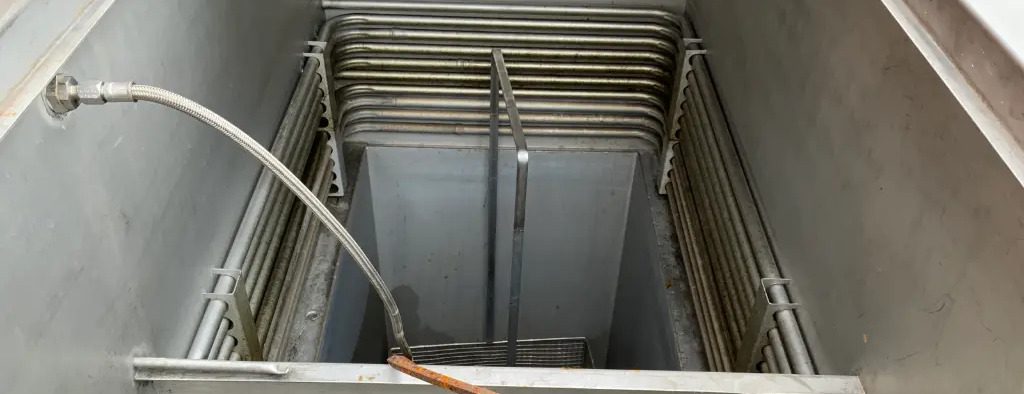
The role assumed by the workpiece in an electrocleaning system is contingent upon the specific electrocleaning process employed. There are two primary categories of electrocleaning: anodic and cathodic. The characteristics of anodic and cathodic cleaning can be outlined as follows:
Anodic Electrocleaning
Within this variant of the electrocleaning procedure, the workpiece functions as the anode in a reverse-current system submerged in a basic solution. Both elements contribute to an oxidation reaction, generating oxygen gas bubbles. These bubbles form directly on the workpiece, aiding in the removal of contaminants. This method is particularly suitable for ferrous materials, which exhibit improved performance in basic solutions.
Anodic electrocleaning systems commonly employ alkaline, or basic, cleansers, categorized into standard and inhibited alkaline variants. Standard alkaline cleansers are optimal for:
- Steel
- Copper
- Nickel and its alloys
On the other hand, inhibited alkaline cleansers demonstrate superior efficacy when applied to:
- Brass
- Bronze
- Zinc and its alloys
- Tin
- Aluminum and its alloys
Cathodic Electrocleaning
Anodic vs Cathodic Cleaning
Periodic-Reverse (PR) Cleaning
Periodic-reverse cleaning essentially alternates between an anodic and cathodic electrocleaning system, alternating the workpiece’s role between anode and cathode. The piece continues cycling through the role until the process is completed, at which point it is taken out of the solution during the anodic part of the cycle. The process is typically completed in an alkaline solution. However, the solution contains additional agents to help remove contaminants such as smut and scale. This system tends to work better than either pure anodic and pure cathodic processes for certain workpieces, as it combines the alkaline environment of an anodic system with the vigor of a cathodic system. Additionally, this system eliminates the possibility of over-etching, usually when acid is trapped in the nooks and crannies of workpieces, removing more material than intended.
Interrupted-Current (IR) Cleaning
How Is Electrocleaning Applied
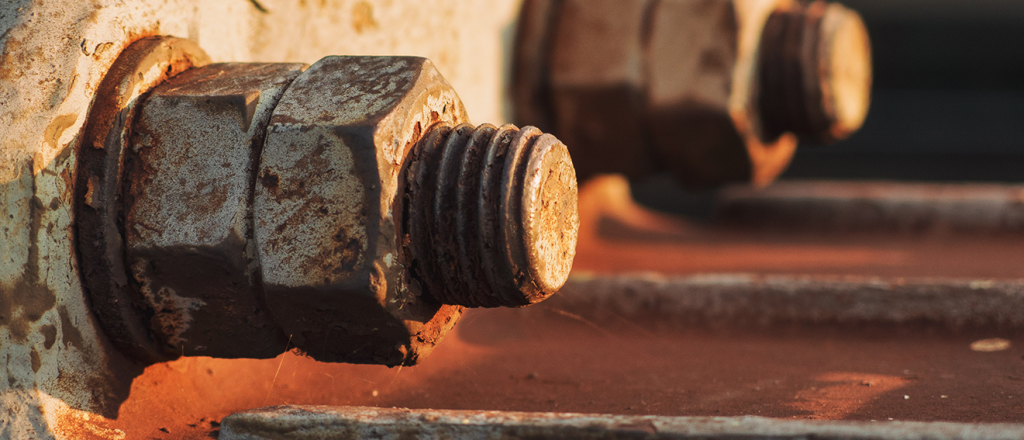
Electrocleaning tends to work very well in removing various contaminants and films. Just a few of these contaminants include:
- Oils: From industrial to organic variants, electrocleaning can remove even the most persistent greases and oils, such as those left behind from fingerprints, machining oils and automotive applications. Waxes and lubricants can also be removed with this method.
- Coatings: Paints, thin phosphate coatings and other finishes can easily be removed with a vigorous electrocleaning method.
- Imperfections: Hard-water scale, rust, and tarnish all form with time and use. Electrocleaning can remove all such imperfections easily.
From cleaning parts in preparation for plating to removing imperfections from old or rusted parts, electrocleaning is an extremely useful cleaning method for many applications. The method is even used as a de-rusting method for antique metal parts, though it’s more often used in preparation for plating newer workpieces.
Advantages and Disadvantages of Electrocleaning

What Are the Benefits of Electrocleaning
Unparalleled Thoroughness
Anodic electrocleaning stands out as an exceptionally thorough option for cleaning iron pieces. It not only effortlessly removes all contaminants but also minimizes damage to the workpiece, making it particularly valuable for handling antiques and refinishing projects.
Versatility Against Various Contaminants
Whether dealing with organic wax, inorganic grease, or the natural accumulation of rust and tarnish, electrocleaning excels in eliminating a wide range of contaminants with ease.
Diverse Applications
Electrocleaning processes are well-suited for both rack-plating and barrel-plating applications, showcasing their versatility across different scenarios.
What Are the Drawbacks of Electrocleaning
Inconsistent Outcomes
The cathodic electrocleaning process may lead to the formation of a metallic film, albeit not consistently. When this occurs, it can result in surfaces characterized by rough textures and poor adhesive properties, thereby diminishing the overall quality of the finish. This variability in results poses a significant challenge when aiming for uniform production outcomes. Products cleaned using cathodic electrocleaning may necessitate more frequent refinishing compared to those cleaned with anodic processes.
Hydrogen Embrittlement
Certain situations, particularly involving parts composed of exceptionally hard materials, may result in hydrogen embrittlement through cathodic electrocleaning. Although heat treatment can rectify this embrittlement, neglecting this step can lead to the production of subpar quality items.
Material-Specific Considerations
Both anodic and cathodic electrocleaning processes can yield unfavorable outcomes for certain materials unless appropriate adjustments are made. For instance, zinc may undergo de-zincification or excessive etching in high-current, high-temperature environments. However, with adequate training and knowledge in electrocleaning methods, these problematic results can be avoided.
How to Assess the Effectiveness of Electrocleaning

Surface Wiping
This straightforward method involves rinsing off the part and wiping its surface with a clean towel. Visual and tactile inspection during this process allows for the identification of any remaining contaminants or imperfections.
Surface Rinsing
Checking the quality of electrocleaning can be accomplished by simply rinsing the surface of the material. Observing water breaks on the part’s surface indicates potential contamination or imperfections.
Post-Production Checks
Conclusion
In conclusion, electrocleaning plays a crucial role in the intricate process of electroplating, ensuring optimal surface preparation by eliminating defects and contaminants. Anodic electrocleaning, preferred for its versatility, stands out for its ability to dissolve work surfaces, removing metallic coatings and films that may hinder subsequent plating. While cathodic electrocleaning generates more bubbles, it often introduces imperfections, making it less preferable for some materials. The choice between anodic and cathodic methods should consider the material of the workpiece; despite the benefits of electro cleaning, drawbacks such as inconsistent outcomes and material-specific considerations exist, emphasizing the need for careful evaluation and customized approaches. Regular assessments, including surface wiping and rinsing, are vital to ensure effective cleaning before proceeding to the plating stage, minimizing the risk of faulty finishes and optimizing the overall quality of the electroplating process.







